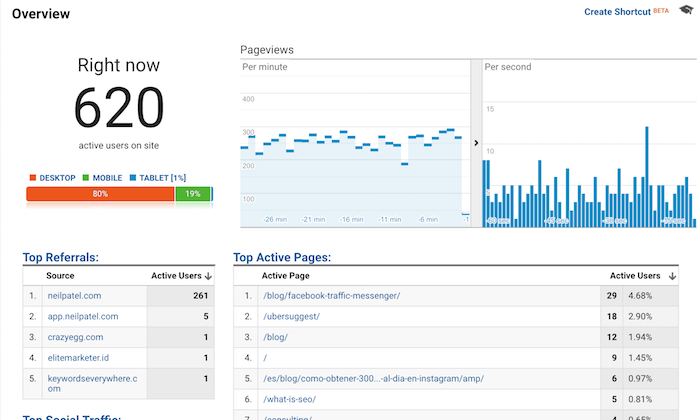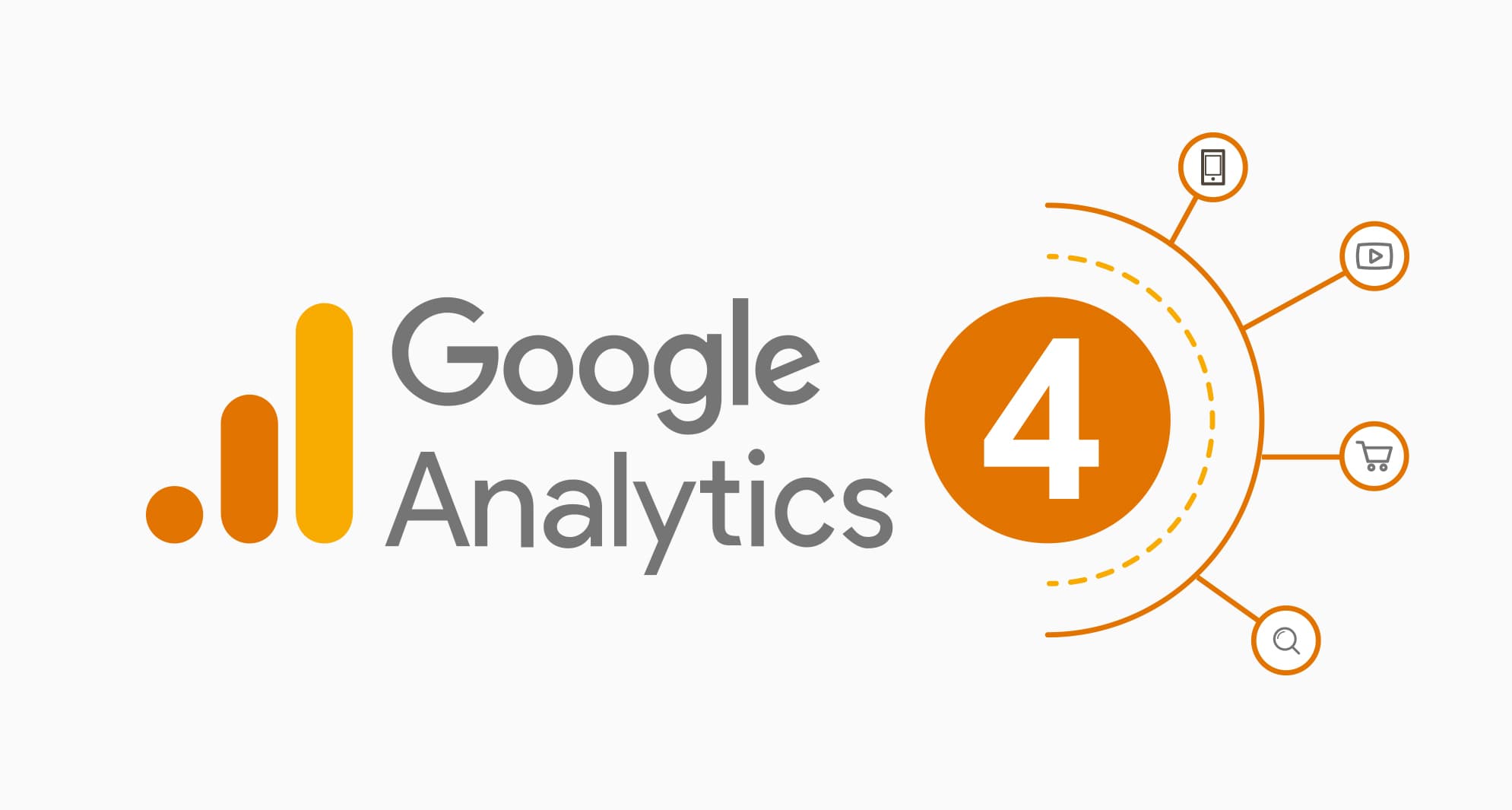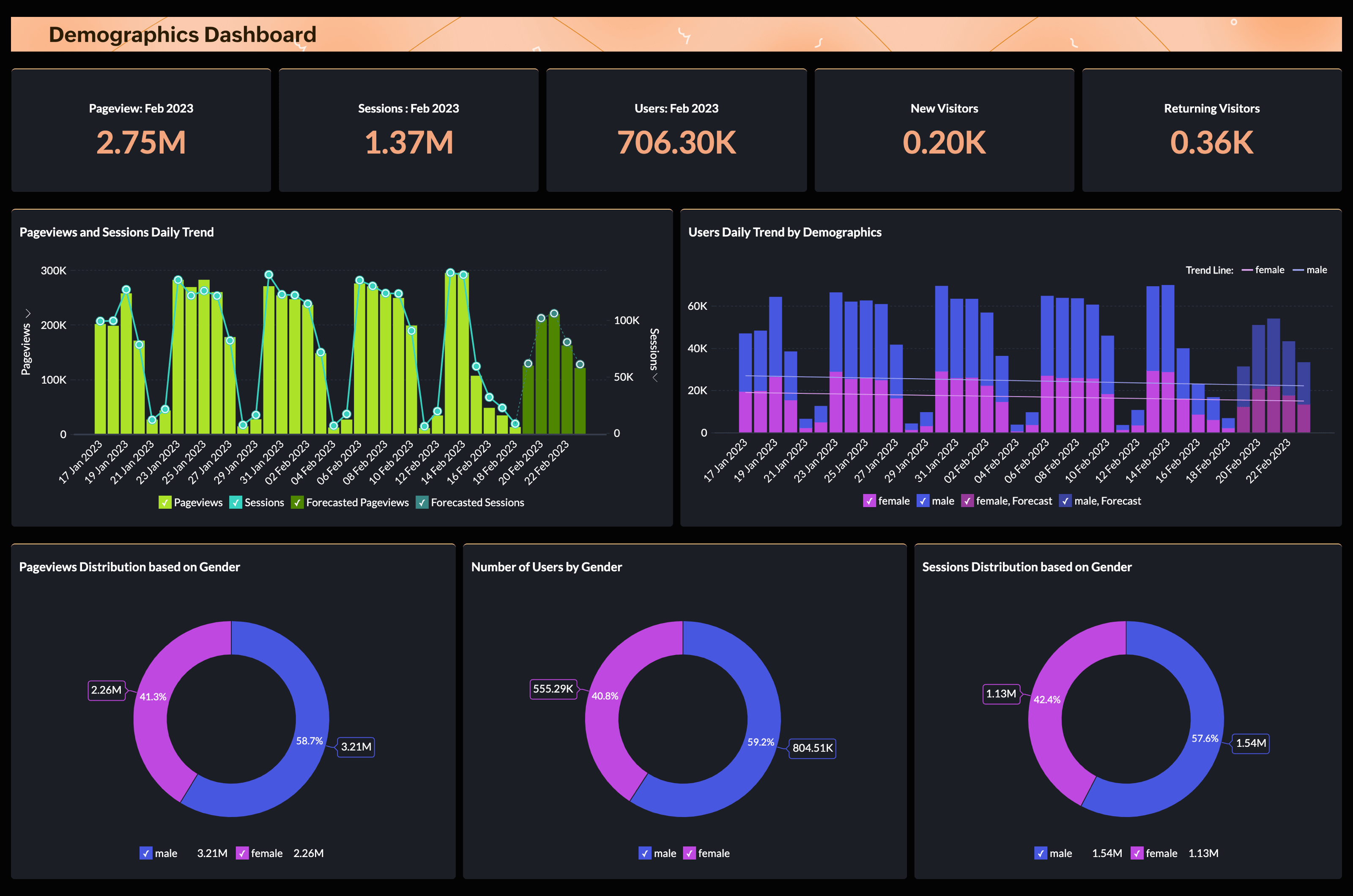When Does the Google Analytics Tracking Code Send an Event Hit to Analytics? A Deep Dive into User Interactions
Master Web Site Insights With Accurate Google Analytics Tracking Code
The efficient use of Google Analytics pivots on the precise implementation of its monitoring code, a fundamental action usually ignored by internet site proprietors. What are the common mistakes that could threaten your monitoring initiatives, and just how can you guarantee precision in your strategy?
Understanding Google Analytics Essentials
Google Analytics is an important tool for site proprietors and marketers, offering indispensable insights right into user actions and web site efficiency. At its core, Google Analytics gathers data about visitors to a website, enabling customers to assess metrics such as web traffic sources, individual interaction, and conversion rates. Recognizing these fundamentals is crucial for optimizing a web site's effectiveness and enhancing customer experience.
The platform employs cookies to track interactions, tape-recording information such as web page views, session durations, and bounce rates. This info is accumulated and offered with adjustable control panels, enabling users to picture fads in time. Key efficiency signs (KPIs) can be kept track of, such as the total number of individuals, brand-new versus returning visitors, and the geographic circulation of the target market.
Additionally, Google Analytics provides segmentation functions, allowing users to separate particular web traffic resources or customer demographics for even more targeted evaluation. By understanding these foundational elements, website owners can make educated decisions regarding content method, marketing projects, and overall site improvements. Ultimately, understanding Google Analytics essentials is essential for leveraging data to drive growth and achieve service objectives successfully.
Establishing Your Tracking Code

Duplicate the supplied monitoring code and paste it right into the HTML of your site. This makes sure that the monitoring code lots before any type of various other content, permitting it to catch information properly.
After installment, validate that the monitoring code is working properly by using Google Tag Aide or the Real-Time reports in Google Analytics - when does the google analytics tracking code send an event hit to analytics?. This step is essential to confirm that your data collection is precise and active, establishing the foundation for insightful analysis
Common Tracking Code Issues
Numerous site proprietors encounter typical issues with their Google Analytics tracking code that can prevent information collection and evaluation. One common problem is incorrect installation. This may occur when the monitoring code is placed in the wrong section of the site's HTML, usually leading to incomplete or missing data. Additionally, having multiple circumstances of the tracking code on a single page can cause inflated metrics, as customer communications could be counted a lot more than once.
An additional issue arises from using advertisement blockers, which can protect against the monitoring code from performing altogether, thus skewing data. when does the google analytics tracking code send an event hit to analytics?. Additionally, failing to set up filters appropriately can result in the exemption of important web traffic sources or the incorporation of undesirable reference spam, distorting the information collected
Website owners might likewise forget the importance of tracking code updates, specifically when moving to Google Analytics 4 (GA4) from Universal Analytics. Finally, inadequate screening before releasing modifications can cause undetected errors in the tracking code, additionally complicating data reliability. Resolving these usual issues is vital for guaranteeing exact monitoring and insightful analytics.
Studying Website Information Properly
Precise information collection is only the primary step in leveraging Google Analytics; the actual value exists in effectively examining that data to drive enlightened decision-making. To accomplish this, it is vital to determine key performance signs (KPIs) that line up with your organization objectives. Emphasis on metrics such as conversion rates, user interaction, and traffic sources, as these will certainly offer insights into user habits and the general effectiveness of your website.
Using Google Analytics' division features permits a much deeper understanding of your audience. By damaging down data right into specific demographics, habits, and web traffic channels, you can uncover trends and patterns that educate targeted techniques. Executing custom records and dashboards can enhance this procedure, making it possible for fast access to relevant data.
Furthermore, consistently reviewing information trends in time helps to identify anomalies and possibilities for improvement. Utilize visualization tools to present data in a quickly absorbable format, helping with more reliable communication with stakeholders. Inevitably, the capacity to examine site information successfully equips companies to make tactical decisions that boost customer experience, maximize advertising and marketing efforts, and drive growth.

Ideal Practices for Accurate Monitoring
Carrying out reliable tracking practices click resources is vital for getting dependable information in Google Analytics. To make sure precise tracking, start by properly mounting the Google Analytics tracking code on every web page of your internet site. This can be achieved with a tag manager or by straight embedding the code right into the HTML.
Next, configure your Google Analytics account to exclude internal traffic. This can be done by establishing filters that identify and remove gos to from your organization's IP address, therefore avoiding Recommended Site skewed information. Additionally, use occasion monitoring to monitor details individual interactions, such as downloads or video plays, which common page sights may forget.
Regularly investigate your monitoring setup to verify that all attributes, such as goals and ecommerce tracking, are working appropriately. Establish a constant naming convention for your campaigns and events to assist in easier reporting and evaluation.
Finally, consider leveraging UTM parameters for projects to acquire insights into the efficiency of different marketing efforts. By complying with these ideal techniques, you can improve the accuracy of your data collection and analysis, ultimately resulting in even more educated decision-making for your web site.
Verdict
By making sure the tracking code is appropriately put and routinely examined, site proprietors can catch vital user communication data, therefore assisting in the identification of key efficiency signs. Ultimately, a robust monitoring framework improves the capacity to drive engagement and enhance total site efficiency.

Inadequate testing prior to introducing modifications can result in undiscovered errors in the monitoring code, additionally complicating data integrity.Applying reliable tracking practices is critical for getting trustworthy data in Google Analytics. By ensuring the monitoring code is properly hop over to here placed and regularly examined, web site owners can record essential individual interaction data, hence promoting the identification of vital efficiency indicators.